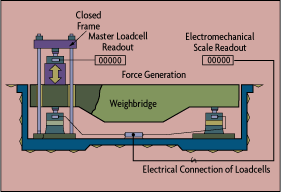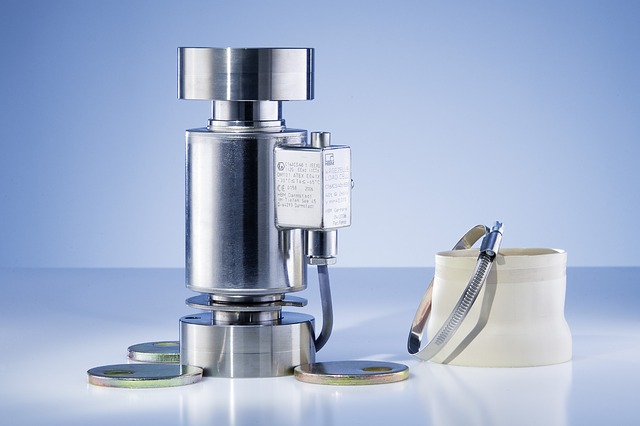Weighing Applications Circuit Diagram The precision of these measurements makes load cells invaluable in industrial applications. Key Components of Load Cell Systems: Strain Gauge: Measures the deformation caused by weight. Amplifier: Boosts the electrical signal for accurate reading. Data Output Device: Displays the calculated weight. Applications of Load Cell Sensors Bending Beam Load Cell Application Canister style load cells. Also known as a "canister load cell," a compression load cell is the most fundamental type of load cell. It is used primarily as an industrial scale to measure the weight of a load that is placed on it. It gets its name from its canister-like shape.

Load cells can use a number of different technologies. Hydraulic load cells use an oil filled compartment. As weight is applied, the pressure of the oil changes. By measuring this pressure, the amount of the weight can be determined. Vibrating wire load cells apply the load to a wire. The frequency of vibration is related to the load. How Do Load Cells Work? Here's a step-by-step guide to how a load cell works: Securing the Load Cell: One end is usually secured to a frame or base, while the other end is free to attach the weight or weight-bearing element.; Applying Force: When force is applied to the body of the load cell, it flexes slightly under the strain.This is similar to what happens to a fishing rod when a fisherman Setting up and installing a load cell correctly is key to accurate weight measurements in industrial applications. Whether you're working with silos, tanks, or complex weighing systems, proper load cell setup can mean the difference between good data and costly measurement errors. Let's get into everything you need to know about load cell installation and […]

How To Use Load Cells For Weight Measurement Circuit Diagram
2. When there is a high-voltage power supply near a load cell and its cables, keep a distance of more than 300 mm, arrange other piping, and protect the load cell from the inductive interference. Shielded cables should be used for load cells. 3. Consider using junction boxes between load cells and indicators for maintenance such as checkups To measure the weight, the subject is placed on a load application point of a load cell. The resulting force generated from the weight is transmitted to the strain gauge placed in the configuration of a Wheatstone bridge. This force deforms the strain gauge changing its electrical resistance which is picked up by the Wheatstone bridge.

When to Use a Load Cell A load cell measures mechanical force, mainly the weight of objects. Today, almost all electronic weighing scales use load cells because of the accuracy with which they can measure weight. Load cells find their application in a variety of fields that demand accuracy and precision.
